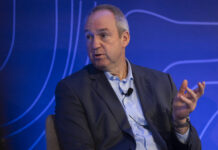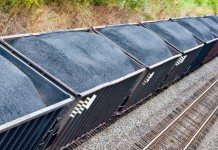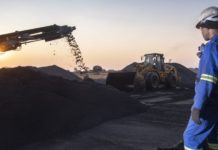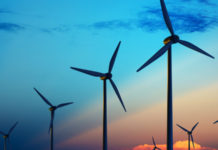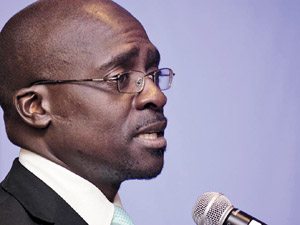
[miningmx.com] – GOVERNMENT should seriously start talks about the possibility of building a third coal-fired power station, Public Enterprises Minister Malusi Gigaba said.
He was invited by the Cape Town Press Club to speak on the state of state-owned companies in South Africa and was elaborating on progress with Eskom’s two main capital programmes currently under construction – the Medupi and Kusile coal-fired power stations in Limpopo and Mpumalanga respectively.
Gigaba stressed that government remains committed to building nuclear power stations, but the decision-making and implementation processes will take time and therefore a resolution on a third coal-fired power station should urgently be taken.
The Integrated Resources Plan (IRP), which maps out the provision of electricity to the country, recommends that six nuclear generators be built to generate electricity by 2030.
According to the IRP, nuclear energy should account for 23% of South Africa’s total energy mix, coal-fired power stations will contribute 15% and the remaining 42% will come from renewable energy sources like wind and solar power.
To achieve the nuclear target, one nuclear power station needs to be constructed every year between 2023 and 2026 and the last two in 2028 and 2029. But South Africa’s nuclear build programme is already running more than two years behind schedule.
“The big challenge is what happens post Kusile in 2017,’ Gigaba said. “We need to take decisions early and quickly so we don’t get the country back to the power supply uncertainties of 2008. When the last generator of Kusile starts delivering power the next generation of power stations must already be in motion.’
The National Planning Commission, headed by planning minister Trevor Manuel, warned South Africa should be cautious when considering the building of nuclear energy plants as it is very expensive.
Gigaba, however, said the cost of nuclear power only relates to one issue – the build programme. “Later the cost levels out and it is also less costly in terms of carbon emissions and the cost drastically subsides when you consider nuclear power’s long term sustainability and reliability.’
According to him, a nuclear build programme could also be the driver for industrialisation in South Africa. “We could even use the current build programme and the benefits we’ve drawn from that to further support the nuclear build programme.’


